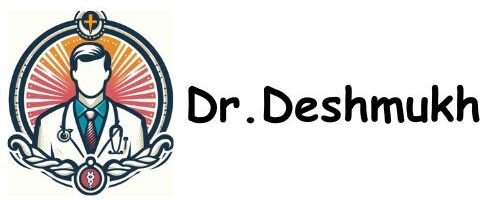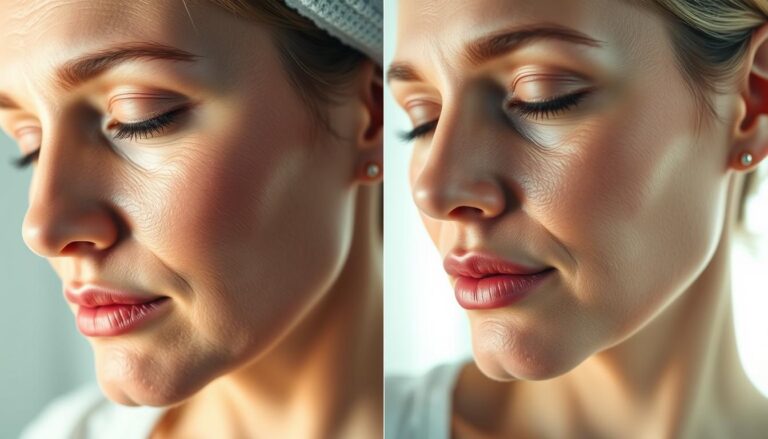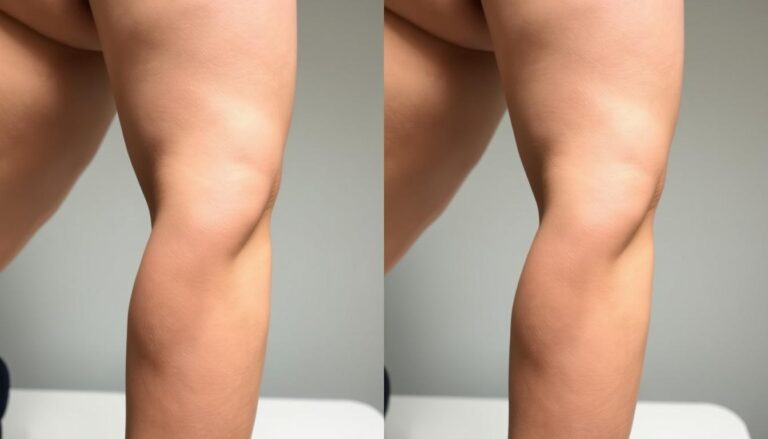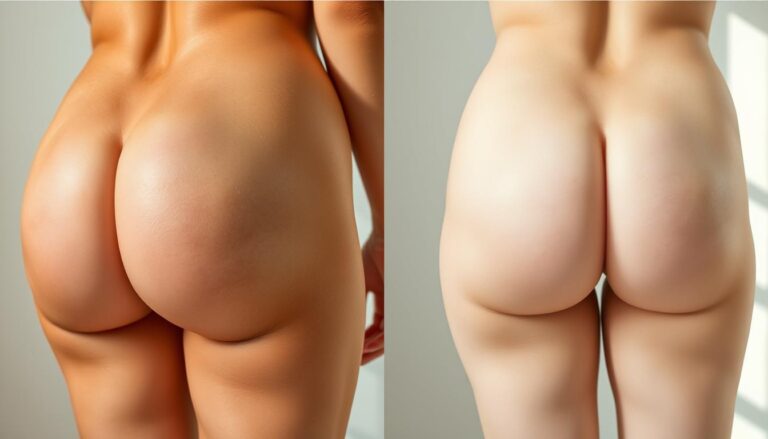Septorhinoplasty Before and After: What to Expect
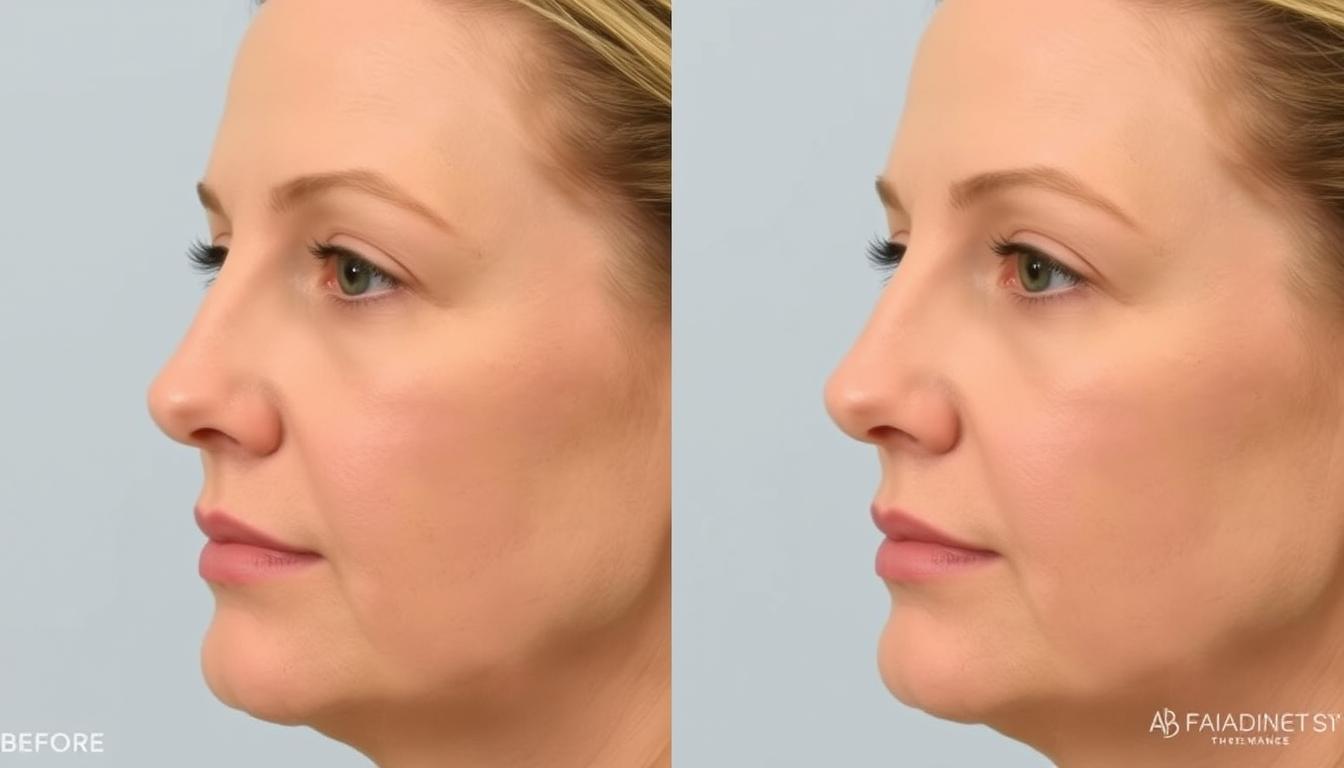
Did you know that nearly 90% of the swelling after a rhinoplasty goes away in just three months? This amazing fact shows how big the recovery journey is for septorhinoplasty. It’s a mix of septoplasty and rhinoplasty. Knowing what to expect before and after is key for setting the right expectations.
In this article, we’ll explore the rhinoplasty outcomes. We’ll give you the lowdown on what the procedure means and show you real before and after pictures. We’ll also focus on the recovery timeline. This way, you’ll be well-informed before your nose surgery.
Table of Contents
What is Septorhinoplasty?
Septorhinoplasty is a special surgery that fixes both how the nose works and how it looks. It combines two important surgeries: septoplasty and rhinoplasty. Septoplasty fixes a crooked nasal septum, and rhinoplasty changes the nose’s shape for better looks. Knowing about septorhinoplasty helps understand its benefits and goals.
Understanding Septorhinoplasty
At first, we need to know what septorhinoplasty is all about. It’s for people who want to breathe better and look better. It’s a big help for those with breathing problems and who want to look their best.
Common Goals of the Procedure
Septorhinoplasty has a few main goals:
- It makes breathing through the nose easier.
- It fixes the nose’s shape to make it look right.
- It makes the nose look better to boost confidence.
- It helps with long-term sinus problems.
Many people find that septorhinoplasty not only helps with breathing but also makes them feel better about themselves.
| Procedure Type | Functionality | Aesthetic Impact |
|---|---|---|
| Septoplasty | Corrects nasal septum deviation | No significant cosmetic changes |
| Rhinoplasty | Does not address airflow issues | Enhances nasal shape and symmetry |
| Septorhinoplasty | Improves breathing and fixes septal issues | Reshapes nose for improved aesthetics |
Who Needs Septorhinoplasty?
Figuring out who might need septorhinoplasty is key for those thinking about it. People usually get this surgery for different reasons. It helps with both how well you breathe and how you look.
Candidates for Septorhinoplasty
Those who need septorhinoplasty often face breathing problems. Common reasons include:
- Chronic nasal blockage from a crooked septum
- Wants to look better for cosmetic reasons
- Had a nose injury that needs fixing
This surgery can greatly improve breathing and life quality. Many people feel better after getting rid of nasal blockage symptoms.
Conditions Treated by the Procedure
Septorhinoplasty tackles many conditions treated by surgery. Some main ones are:
- Problems with airflow
- Chronic sinusitis or frequent sinus infections
- Deformities from injuries or birth defects
These issues can really affect daily life. That’s why nasal septum surgery is crucial for fixing these problems. For men’s health issues like erectile dysfunction, Mount Pleasant clinics offer specific help. Find out more here.
The Septorhinoplasty Procedure Explained
Understanding septorhinoplasty is key for those thinking about it. It combines septoplasty and rhinoplasty to fix both breathing and looks. Here’s what you can expect in the septorhinoplasty steps.
Step-by-Step Overview
The first step is getting anesthesia for nose surgery. This can be local or twilight anesthesia to keep you comfortable. It’s important for managing pain during the surgical procedure details.
After that, the surgeon makes incisions. These are usually inside the nostrils or at the base of the nose.
Next, the surgeon works on the nasal structures. They align the septum to improve breathing. At the same time, they might reshape the outer nose to match your looks. A septorhinoplasty can take 30 to 90 minutes. Afterward, splints or soft packing are used to prevent nosebleeds and reduce scar risk. These stay in for about a week.
Anesthesia Used During Surgery
Anesthesia is crucial for a good septorhinoplasty. The choice between local, twilight, or general anesthesia depends on the case and the surgeon’s advice. Often, anesthesia for nose surgery is used to keep you calm and pain-free. This makes the surgery smoother.
Pre-Treatment Care for Septorhinoplasty
Before septorhinoplasty, it’s key to follow a detailed pre-treatment care plan. The pre-treatment consultation is the first step. It helps surgeons understand each patient’s health and beauty goals. They look at the nasal structure and any breathing or sinus issues.
Consultation and Evaluation
In the pre-treatment consultation, the surgeon will check important details. Patients will:
- Share their medical history and current medications.
- Get a physical check-up of their nasal passages.
- Learn about the surgery’s risks and benefits.
- Get advice on pre-surgery care, like stopping smoking and certain meds.
It’s important to stop taking aspirin and NSAIDs to avoid bleeding. Patients should talk openly with their surgeon about any worries.
Preparing for the Surgery
Preparing for septorhinoplasty is crucial for a good outcome and recovery. Important steps include:
- Fasting for eight hours before surgery to avoid complications.
- Arranging for someone to drive and support you for 24 hours after.
- Quitting smoking two weeks before surgery to help healing.
- Not drinking alcohol a week before and after surgery for better results.
- Taking Vitamin C supplements to aid in healing.
Each step makes patients more ready and informed. For those worried, finding the right therapist can help. You can find more about finding a therapist here.
By following these steps, patients are better prepared for surgery and recovery.
Before and After Treatment Pictures
Before and after pictures are key to seeing the effects of septorhinoplasty. They show the changes patients go through, encouraging others to consider it. These images are not just proof of success but also inspire those thinking about it.
Real Patient Transformations
Law Plastic Surgery in Dallas, TX, has many success stories. Patients have fixed issues like cleft lip/palate and deviated septum. They’ve seen better breathing and facial balance thanks to septorhinoplasty and other surgeries.
The pre and post-treatment images show these changes. Patients start to see big improvements soon after the splint comes off. These changes keep getting better over months.
Insights from Before and After Photos
These images help set realistic hopes. They show how healing happens over time, from right after surgery to 4 months later. Swelling goes down, and some see more changes even 18-24 months later.
Each story shows the goal of facial harmony and balance. It’s about the skill in achieving the best results. These images reveal the confidence and happiness that come from positive body image and self-acceptance as discussed in boosting self-esteem in intimate.
Post-Treatment Care Following Septorhinoplasty
Good post-treatment care is key to a smooth septorhinoplasty recovery. Knowing the recovery time and following aftercare instructions is crucial. It greatly affects the surgery’s success.
Recovery Timeline
The time it takes to recover from septorhinoplasty varies. People often see improvements in a few weeks. But, full recovery can take months.
The surgery usually lasts 2-3 hours. Patients are often sent home the same day. In the first days, swelling, bruising, and mild pressure are common. Nosebleeds and bloody nasal discharge are normal but should lessen in 5-7 days.
Most can go back to normal activities in a week. But, it’s important to avoid hard work and heavy lifting for 2 weeks. Gentle cleaning with saline or salt water spray is needed after nasal splints are removed. Regular check-ups are also important for healing.
Dos and Don’ts After Surgery
- Do wear recommended supports and attend follow-up appointments.
- Do use ice packs on the nose for 10 to 20 minutes to reduce swelling and pain.
- Do practice walking daily to help prevent complications such as pneumonia and constipation.
- Don’t blow your nose for at least 2 weeks after surgery.
- Don’t lift more than 10 lbs or engage in vigorous exercise for the first 2 weeks.
- Don’t take aspirin, ibuprofen, or naproxen unless directed by your doctor for 3 weeks postpartum.
Patients may have reduced senses of smell and taste for weeks. Keeping an eye on progress and following recovery guidelines helps ensure the best recovery.
Potential Risks of Septorhinoplasty
Septorhinoplasty can greatly improve your nose’s look and function. It’s important to know the risks to have a good outcome. Knowing about septorhinoplasty risks helps you prepare for any complications, making sure you’re well-informed.
Common Complications
There are several complications that can happen during or after septorhinoplasty. Some common ones include:
- Breathing disturbances: Seen in 70% of patients who had their nose reshaped again.
- Postoperative deformities: Issues like the “pollybeak” affect about 50% of those who need a second surgery. Other problems include a pendant or wide nasal tip.
- Skin and soft tissue complications: These can be atrophy, fibrosis, numbness, cysts, or granulomas.
- Acute complications: Problems like abnormal swelling, hematomas, local infections, and skin necrosis can happen.
Even though rare, severe risks like intracranial injuries and life-threatening conditions like meningitis are possible. This shows why safety in surgery is crucial and why choosing a skilled surgeon is important.
Minimizing Risks in Surgery
There are steps you can take to lower the risk of complications. Ways to reduce septorhinoplasty risks include:
- Thorough pre-surgical evaluation: Knowing your unique anatomy can help avoid problems like perforation or infection.
- Choosing the right surgeon: Picking a surgeon with expertise in septorhinoplasty leads to better results.
- Postoperative care: Following all care instructions helps in healing well and avoiding complications after surgery.
It’s key for those thinking about septorhinoplasty to talk fully with their healthcare provider. This partnership helps in making informed decisions about the risks and what to expect from the procedure.
Recommended Products Pre and Post Treatment
Getting ready for septorhinoplasty is more than finding a good surgeon. Good skincare before the surgery is key to great results. Make sure your skincare routine is on point and have the right products for healing and comfort after.
Skincare Before Surgery
A good skincare routine before surgery can make a big difference. Focus on:
- Moisturizers: Keep your skin hydrated for better elasticity.
- Sunscreen: Protect your skin from UV damage to help it heal.
- Gentle Cleansers: Choose products that won’t irritate your skin.
Essential Products for Recovery
After surgery, having the right products is crucial. Make sure you have:
- Simply Saline Nasal Spray for congestion relief.
- Ayr Saline Nasal Gel to keep your nose moist.
- Boiron Arnica Montana 30C for muscle pain relief.
- Dale Nasal Dressing Holder to secure dressings.
- FOMI Cooling Face Mask to reduce swelling and pain.
- Dynarex Sterile Gauze Pads for effective absorption.
Rest and following your doctor’s instructions are key to a smooth recovery. Eat well and stay hydrated to help your body heal. Surround yourself with loved ones and try relaxation techniques like meditation.
Alternative Treatments to Septorhinoplasty
Looking for ways to enhance your looks without surgery? There are many options besides septorhinoplasty. These choices meet different needs and tastes, offering a flexible alternative to surgery. Non-surgical nose jobs are becoming more popular, offering quick and effective ways to improve your nose’s look.
Non-Surgical Options
Non-surgical methods, like liquid rhinoplasty, use dermal fillers to change the nose’s shape. It’s appealing because it works right away and has little downtime, lasting 6 to 12 months before needing a touch-up. Radiofrequency rhinoplasty is another option, lasting 30 to 90 minutes and showing results immediately. The nose thread lift is also a good choice, offering natural-looking improvements that last over a year.
Combining Treatments for Best Results
Getting the best results often means combining treatments. Mixing non-surgical nose jobs with surgery can give you both function and beauty. For instance, using injectable fillers to fine-tune the shape while septorhinoplasty fixes structural issues can lead to amazing changes. Here’s a detailed comparison of these approaches:
| Treatment Type | Duration | Longevity | Recovery Time | Cost |
|---|---|---|---|---|
| Liquid Rhinoplasty | Approximately 1 hour | 6 to 12 months | No downtime | Less expensive than surgery |
| Radiofrequency Rhinoplasty | 30 to 90 minutes | Immediate results | No downtime | Less expensive than surgery |
| Nose Thread Lift | Less than 1 hour | Up to 3 years | About 1 week | Generally less than traditional surgery |
| Traditional Rhinoplasty | Several hours | Lifetime results | Up to 1 year | More expensive |
Choosing the right path for your nose’s look depends on your goals and talking to a professional. Knowing about non-surgical options and combining treatments can help you make a smart choice for your beauty journey.
Cost of Septorhinoplasty
Septorhinoplasty costs can be a big concern for those thinking about it. The price depends on where you are, the surgeon’s experience, and how complex your case is. This part will explain the costs and how to pay for septorhinoplasty, including insurance.
Breakdown of Expenses
Septorhinoplasty can cost between $4,500 and $9,000. Many things affect the final price. Here’s a detailed look:
| Procedure | Cost Range | Insurance Coverage |
|---|---|---|
| Rhinoplasty | $4,500 – $10,000 | Usually not covered |
| Septoplasty | $3,000 – $6,000 | Typically covered |
| Anesthesia Fees | Varies | N/A |
| Facility Fees | Varies | N/A |
Don’t forget about consultation fees, which can change based on the surgeon and the procedure’s complexity. You’ll also need to budget for pre-op and post-op visits.
Insurance and Financing Options
Insurance is key to making septorhinoplasty more affordable. While most cosmetic surgeries aren’t covered, insurance might help with functional issues like breathing problems. There are ways to finance nose surgery to help with the upfront costs. Here are some:
- In-house financing options from surgery centers.
- Third-party financing services like CareCredit.
- Personal loans or credit cards to manage costs.
Looking into these financing options can make septorhinoplasty more affordable. While the costs might seem high, knowing about insurance and financing can help make it more accessible.
Septorhinoplasty Treatment Near You
Finding a good surgeon is key when you’re thinking about septorhinoplasty. It might feel like a big task, but using local resources can help. Looking for septorhinoplasty clinics near you can find the right fit for you.
Finding a Qualified Surgeon
When looking for a surgeon, keep these points in mind:
- Experience: Find a surgeon who focuses on septorhinoplasty.
- Reviews: Check out what past patients say online.
- Before and After Photos: Look at their work to see if you like it.
- Professional Affiliations: See if they belong to respected groups.
Local Clinics and Resources
Many local clinics offer detailed consultations for septorhinoplasty. Here’s what to look for:
| Clinic Name | Location | Services Offered | Average Patient Volume |
|---|---|---|---|
| Advanced Nose Surgery Center | Springfield | Septorhinoplasty, Cosmetic Surgery | Over 50 procedures per year |
| Elite Facial Aesthetics | Seattle | Septorhinoplasty, Breathing Correction | Approximately 48 procedures per year |
Looking into these options and reading local reviews can help you decide. When you’re sure about your surgeon and clinic, you’re closer to getting the results you want with septorhinoplasty.
Patient Testimonials and Experiences
Real patient stories offer deep insights into the septorhinoplasty journey. These testimonials show how the procedure can change lives. They create a supportive community for those considering the surgery.
Real Stories from Patients
Many patients worry about pain and breathing after a nose job. But, most say the pain is mild, with some numbness and pressure. They find their breathing improves, feeling their nasal passages open up.
Cost is a big worry, but flexible payment plans help. A patient shared their fear of rhinoplasty, despite doubts from friends and family. After the surgery, they feel relieved and forget their “old nose.”
The Importance of Sharing Experiences
Patient stories are crucial for others. They stress the importance of choosing the right surgeon. With skilled surgeons, about 75% of patients are satisfied with their results.
These stories empower and inform potential patients. They help build a supportive community for those on the septorhinoplasty journey.
| Patient Concerns | Post-Procedure Outcomes |
|---|---|
| Postoperative discomfort | Minimal pain; often numbness felt |
| Ability to breathe fully | Improved nasal breathing |
| Changes to authenticity | Patients forget their “old nose” |
| Financial concerns | Payment plans available |
Conclusion: Is Septorhinoplasty Right for You?
Choosing septorhinoplasty means looking at your personal needs and what you hope to achieve. Your health, breathing issues, and how you feel about your nose’s look are key. Think about your current nasal health and what you want from the surgery.
Assessing Your Individual Needs
Thinking about getting nose surgery can really change your life. If you have a crooked septum, chronic sinus problems, or trouble breathing, you might need it. Getting the surgery right can help a lot.
- It can make breathing easier, helping with snoring and sleep apnea.
- It can also improve your sleep, making it more restful.
- It might reduce sinus infections, making you feel better.
- It can boost your self-confidence and mood by changing how you look.
- It can even help you perform better in sports by improving oxygen intake.
Next Steps for Interested Candidates
If you’re thinking about septorhinoplasty, booking a consultation is the first step. In this meeting, you should talk about:
- Your health history, including past surgeries or ongoing health issues.
- What you want to look like after the surgery.
- The risks of the surgery and how to avoid them.
- How long it will take to recover and what you can expect afterwards.
Additional Resources and References
Looking into septorhinoplasty resources can really help if you’re thinking about or have had this surgery. There’s a lot of information out there about the surgery, recovery, and what to expect. This info can help you make smart choices about your health and look.
Further Reading Materials
Books, articles, and online content talk about a lot of things. They cover what to do before surgery, how to care for yourself after, and stories from others who’ve had the surgery. Reading these can help you understand the surgery better and what you might see after it’s done.
Professional Organizations and Support Groups
There are also groups and organizations that offer a lot of help. They provide guidelines and connect you with others who have had the surgery. Being part of these groups can make you feel less alone during your recovery. Look for local or online groups to share your story and learn from others.
FAQ
What is septorhinoplasty?
Who are the ideal candidates for septorhinoplasty?
What should I expect during the septorhinoplasty procedure?
How long is the recovery process after septorhinoplasty?
Are there any risks associated with septorhinoplasty?
What are some common products recommended for pre and post-treatment care?
Can I combine septorhinoplasty with other treatments?
How much does septorhinoplasty typically cost?
How can I find a qualified surgeon for septorhinoplasty?
Where can I find support resources after my procedure?

